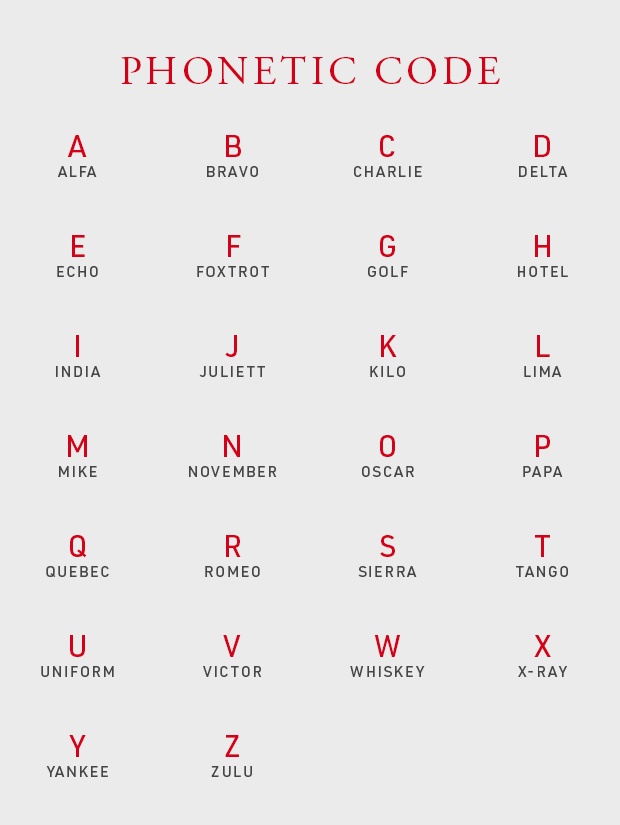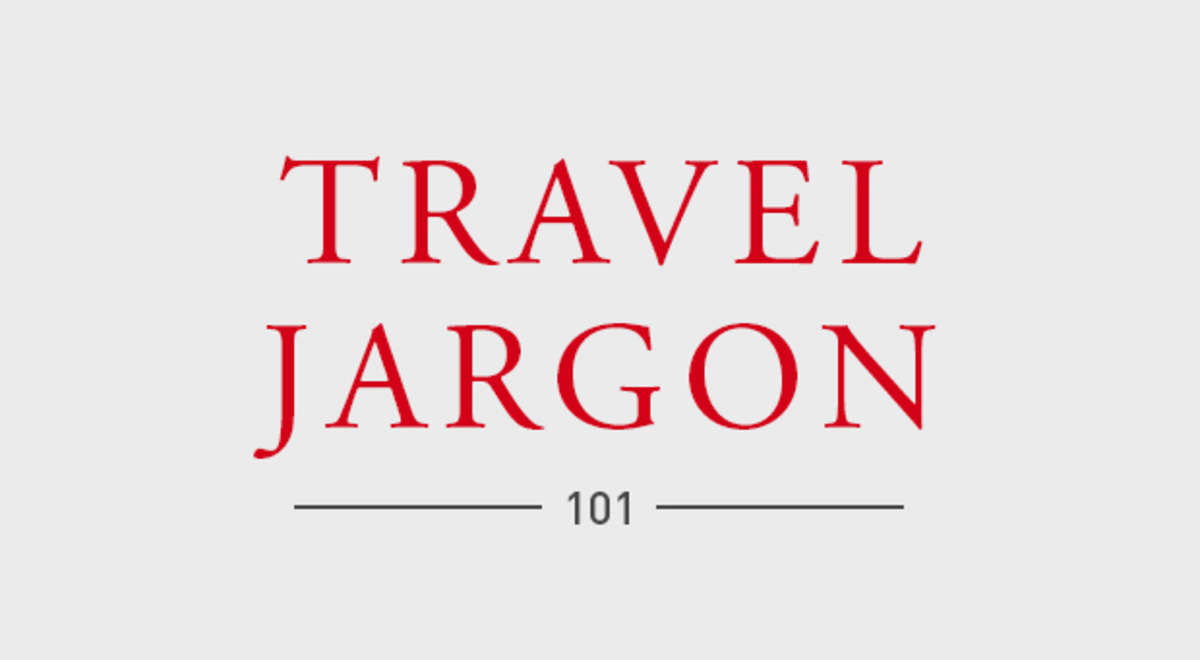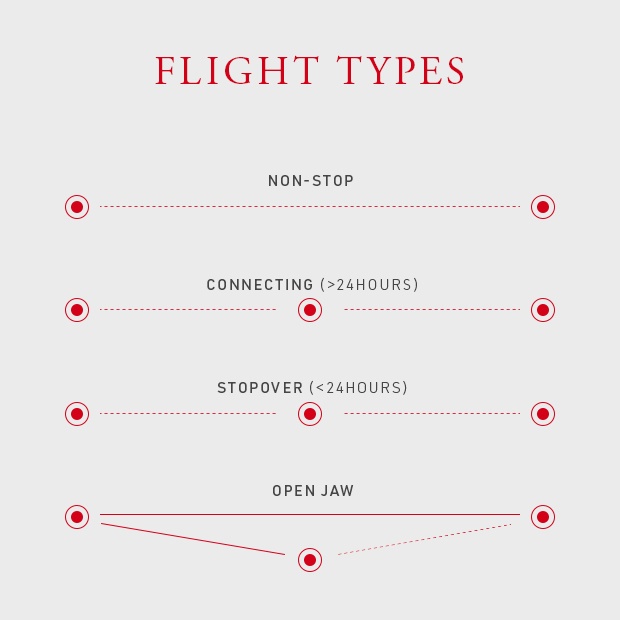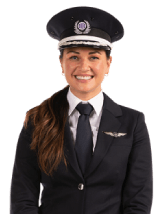Have you ever sat in front of a travel agent on the phone with an airline speaking a seemingly new yet familiar language? They were conversing in perfectly coherent English with you just a minute ago! What happened?
Well, what you were probably listening to was just a little ‘Juliet Alpha Romeo Golf Oscar November’, that’s all.
Every industry has its own ‘speak’, and the travel industry is no different. English is the international language of aviation, enabling all pilots, crew, air traffic control personnel, airport support staff and others, including airlines, their reservations departments as well as travel agents, to understand each other using one uniform tongue. Having said that, certain industry terms can still contradict the actual meaning of words. (Um, excuse me, but why is there a stop on this direct flight?)
To help you make sense of it all, below is a quick reference guide to travel industry terminology. No more wondering if your consultant is suddenly fluent in Pig Latin, as now, you’ve got the inside scoop!
The Phonetic Alphabet
Adopted by NATO, the FAA (Federal Aviation Administration) and the IMO (International Maritime Organization), among others, the International Radiotelephony Spelling Alphabet (or Phonetic Alphabet, as it’s commonly called) is a series of 26 code words assigned to each letter of the English alphabet to ensure that critical combinations of letters and numbers can be pronounced and understood by those who exchange voice messages by radio or telephone, regardless of the language barrier or the quality of the communication channel. When spelling out the names of travellers for airlines, the Phonetic Alphabet is used by travel agents to avoid spelling mistakes.
PNR
A ‘PNR’, or Passenger Name Record, is basically a term meaning ‘reservation’. Airlines will often ask agents for a ‘PNR locator’, also known as their reservation, booking or confirmation number.
PAX
Short for ‘Passenger’ – because no one’s got time for three syllables!
Direct Flight
A direct flight is a flight from Point A to Point B that does not require a change of planes. The flight may touch-down to drop-off and/or pick-up passengers and can even deplane everyone while refuelling en route to its destination but will still be considered a direct flight if no plane change occurs.
Non-Stop Flight
This is the one you want! A flight from Point A to Point B without ANY stops whatsoever.
Connecting Flight
A journey from Point A to Point B that requires a change of planes en route and connecting time between flights is less than 24 hours.
Stopover
A stay of more than 24 hours in a city en route to or returning back from your destination (your destination is considered the furthest point on your trip from your point of origin).
Open-Jaw Ticket
Huh? No, an open-jaw ticket isn’t a jaw-dropping airfare. An open-jaw ticket at destination simply means flying into one city and returning from another, where you make your own way between the two, either on a separate airline ticket or by car, rail, tour, cruise or foot. For example, flying from Toronto to London and returning to Toronto from Paris, making your own way between London and Paris.
In reverse, an open-jaw ticket at origin means starting your trip in one city and returning to a different from where you started. For example, flying from Toronto to London and returning from London to Montreal.
To complicate things, the distance of your own (unticketed) travel between the two cities you aren’t flying between can’t be greater than any flown leg. Got it? Good.
Red-Eye Flight
Mainly a North American term, a red-eye flight generally refers to a late night departure from the west coast, arriving on the east coast in the early morning of the next day – an overnighter (thus the red eyes).
Code-share Flight
Have you ever been on a flight that has two different flight numbers? Chances are you have. A key feature of airline alliances, a code-share agreement is an arrangement where two or more carriers share the same flight and both benefit from the profits. Seats are sold by both airlines under their own flight number but only one of the carriers operates the flight using their own equipment.
For example, Toronto to Frankfurt on Air Canada/Lufthansa - the daily flight can be sold as both, AC872 and LH6789. Generally speaking, the airline showing a one, two or a three digit flight number (as opposed to a four digit one), operates the flight. In the above case, it’s a code-share flight operated by Air Canada.
Both airlines are a part of Star Alliance and frequent flyer points can be accumulated by members of either, Aeroplan (Air Canada’s frequent flyer program), Lufthansa’s Miles & More or any Star Alliance frequent flyer program. Travellers should always check-in with the operating carrier.
‘No Show’
A ‘no show’ designation refers to a ticketed passenger that has failed to check-in for their flight. Once a departure is missed, a ticket can no longer be changed. It can only be (partially or fully) refunded if fare rules allow. Generally speaking, the better the fare, the more restrictive a ticket is and most ‘good’ or low fares are fully non-refundable.
Overbooking
Did you know that most scheduled airlines overbook (and oversell) their flights by up to 20%? After careful study, airlines have realized that overall, they can expect up to a 20% ‘no show’ factor on their flights and have adjusted their sales process to reflect this possible shortfall to operate flights as full as possible.
Have you ever waited to board a flight when the airline began offering guests initiatives such as free frequent flyer points, class upgrades or even monetary credit to take a later flight? When a flight is oversold, this is the airline’s Plan B.
Seat Pitch
Nope - It’s not about your ability to carry a tune. Seat pitch is the distance from your seat to the seat in front of or behind you. The greater the pitch, the more legroom you have.
Bulkhead Seat
Bulkhead seating refers to the first row in each cabin class. These seats generally have more legroom, and on many plane types, these rows are where infant bassinets attach. For this reason, some bulkhead seats are usually left for allocation by the airline’s airport check-in staff, where a final tally of infants is taken. Note: these are not typically ‘Exit Rows’.
Exit Rows
Exit rows are the rows of seats on an aircraft adjacent to an emergency exit window or exit door. These seats have more legroom to accommodate possible evacuations and sitting in them comes with some serious responsibilities. The flight crew briefs each passenger in an exit row prior to take-off to ensure they understand the responsibility associated with sitting where they are – namely, to be able and willing to assist the crew during an evacuation of the aircraft.
In addition to ability and willingness, passengers must also:
- Be of minimum age, ranging from 12 to 18 years old, dependent on the airline and/or local law
- Not be travelling with anyone requiring special assistance in an emergency (infants, a person with a disability or an animal)
- Have no physical or mental impairment that could hinder their quickness and effectiveness in operating the emergency exit
- Be able to lift up to 60lbs
- Speak and read the national language of the operating airline
It is because of these restrictions that some airlines don’t pre-book exit row seats, leaving them for allocation by airport check-in staff that are better able to determine one’s suitability. If after the onboard briefing a flight attendant isn’t confident you meet all of the above requirements, you will be promptly re-seated elsewhere.
And there you have it. Now you can surprise your travel agent, airport personnel and airline staff by using the international language of travel.
Happy travels!
Do you have a question for one of our Airfare Experts? Give us a call at 1-877-967-5302, connect with us online, or visit your nearest Flight Centre location.









